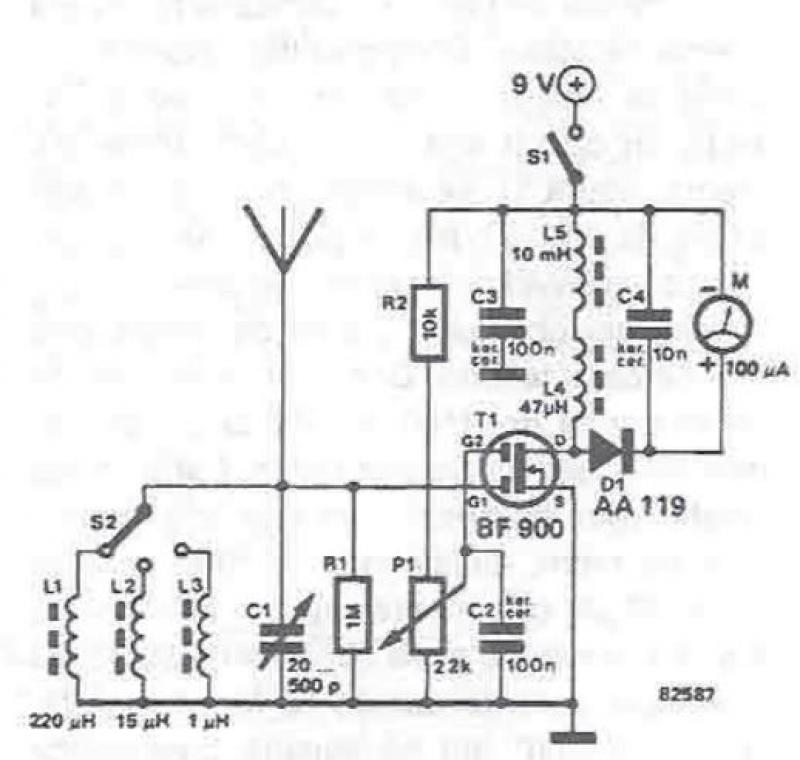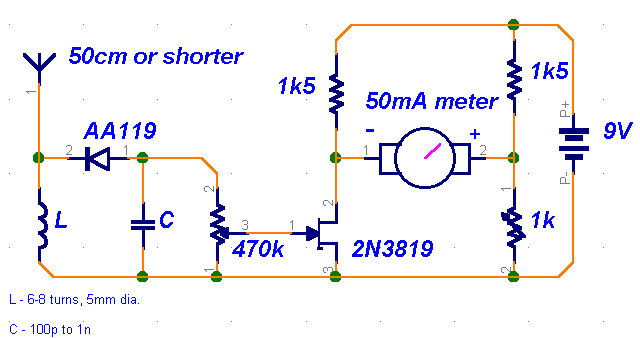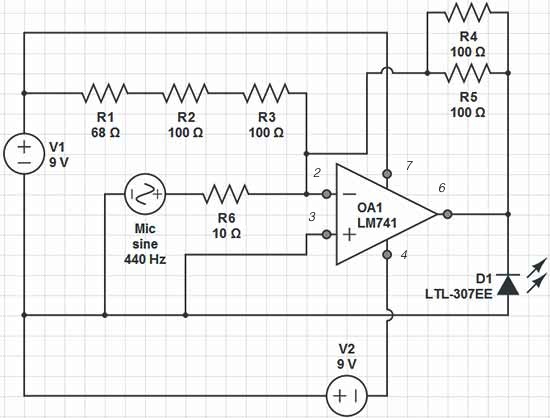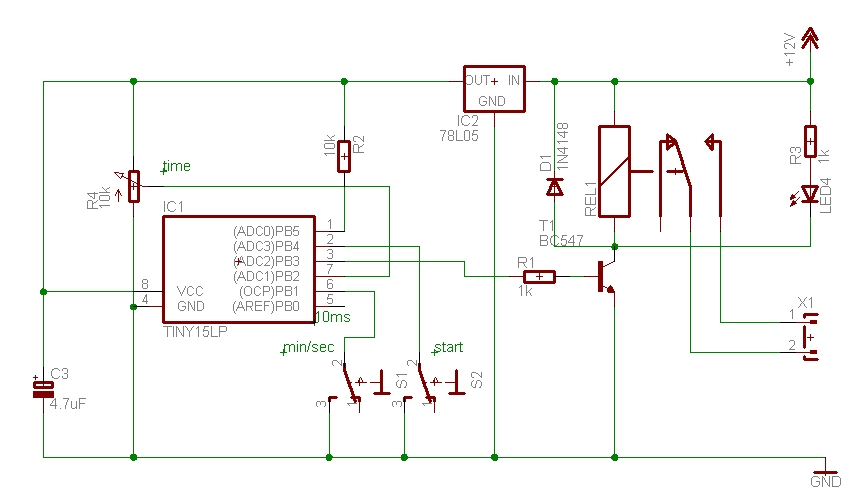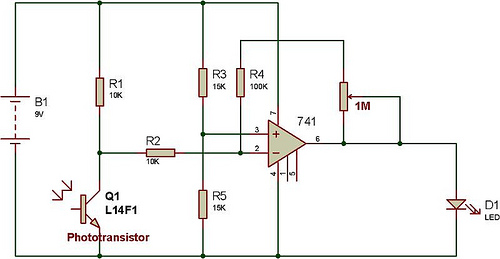
Five reversing operation of the reverse brake circuit
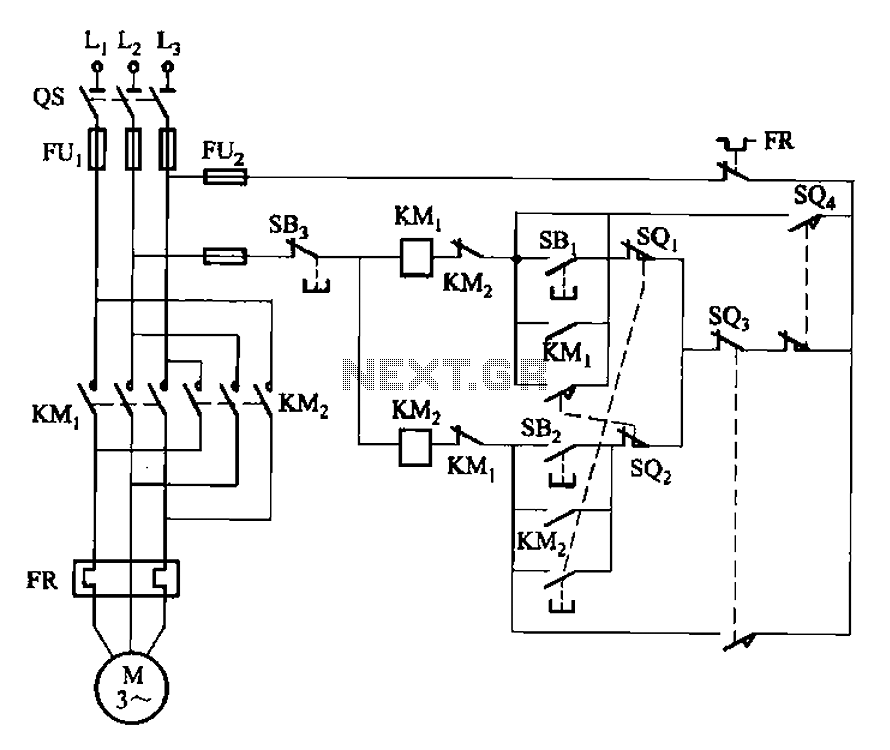
The circuit illustrated in Figure 3-132 represents an automatic round-trip plug braking circuit. To prevent or limit malfunctions of switch SQ1 and switch SQ2 that could lead to accidents, two additional protection limit switches, S03 and S04, have been incorporated.
The automatic round-trip plug braking circuit is designed to enhance safety and reliability in applications where precise control of electrical devices is essential. This circuit ensures that the operation of the primary switches (SQ1 and SQ2) is safeguarded against unintended disconnections or faults that may arise during operation.
In this design, the primary switches are critical for controlling the flow of electrical current. However, to mitigate the risk of accidental activation or failure, the inclusion of limit switches S03 and S04 serves as an additional layer of protection. These limit switches are strategically positioned to monitor the operational state of the primary switches. If either switch SQ1 or SQ2 experiences a fault condition, the limit switches will activate and interrupt the circuit, thereby preventing potential hazards.
The circuit operates by using a combination of relays and limit switches that are interconnected in a manner that allows for automatic resetting after a fault condition has been cleared. This functionality is crucial in applications where continuous operation is necessary, and any downtime must be minimized.
The overall design emphasizes robustness and safety, ensuring that the circuit can handle unexpected conditions without compromising the integrity of the system. The use of additional protection limit switches not only enhances the reliability of the circuit but also increases the overall lifespan of the components involved, making it a suitable choice for various industrial applications. Circuit shown in Figure 3-132. The line is automatically round-trip, plug braking circuit. In order to prevent or limit switch SQl offside SQz malfunction caused the accident, two increased protection limit switches s03 and s04.
The automatic round-trip plug braking circuit is designed to enhance safety and reliability in applications where precise control of electrical devices is essential. This circuit ensures that the operation of the primary switches (SQ1 and SQ2) is safeguarded against unintended disconnections or faults that may arise during operation.
In this design, the primary switches are critical for controlling the flow of electrical current. However, to mitigate the risk of accidental activation or failure, the inclusion of limit switches S03 and S04 serves as an additional layer of protection. These limit switches are strategically positioned to monitor the operational state of the primary switches. If either switch SQ1 or SQ2 experiences a fault condition, the limit switches will activate and interrupt the circuit, thereby preventing potential hazards.
The circuit operates by using a combination of relays and limit switches that are interconnected in a manner that allows for automatic resetting after a fault condition has been cleared. This functionality is crucial in applications where continuous operation is necessary, and any downtime must be minimized.
The overall design emphasizes robustness and safety, ensuring that the circuit can handle unexpected conditions without compromising the integrity of the system. The use of additional protection limit switches not only enhances the reliability of the circuit but also increases the overall lifespan of the components involved, making it a suitable choice for various industrial applications. Circuit shown in Figure 3-132. The line is automatically round-trip, plug braking circuit. In order to prevent or limit switch SQl offside SQz malfunction caused the accident, two increased protection limit switches s03 and s04.
Warning: include(partials/cookie-banner.php): Failed to open stream: Permission denied in /var/www/html/nextgr/view-circuit.php on line 713
Warning: include(): Failed opening 'partials/cookie-banner.php' for inclusion (include_path='.:/usr/share/php') in /var/www/html/nextgr/view-circuit.php on line 713
